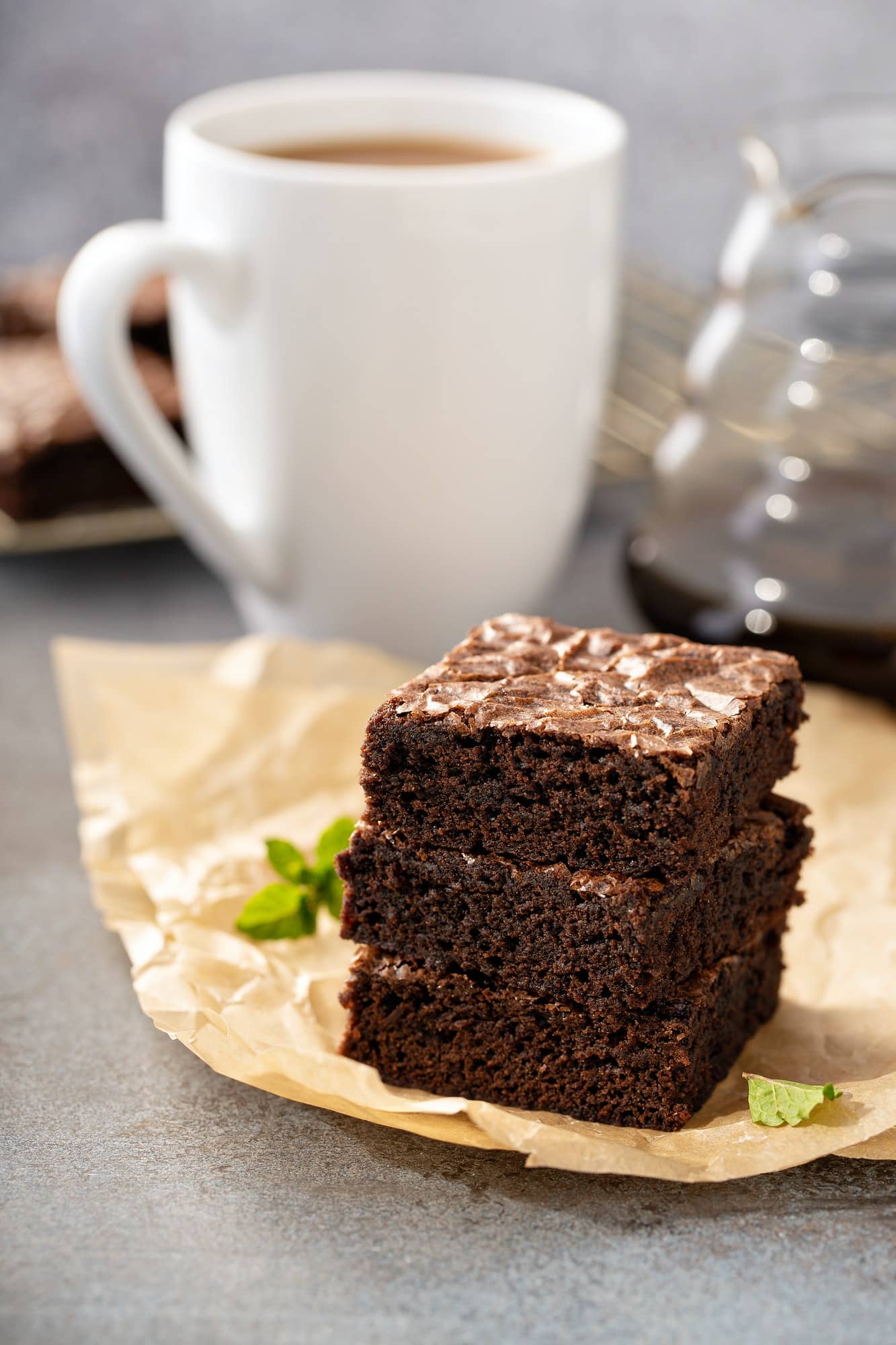Have you ever tried to bake a gluten-free cake, only to end up with a dry, crumbly mess that was lacking in flavor? Gluten-free baking can indeed be a challenge, but it doesn’t have to result in tasteless, textureless baked goods. Let’s discuss the secrets to baking a moist, flavorful gluten-free cake that will leave your taste buds wanting more.
The Role of Gluten in Baking
Before you can successfully replace gluten in your cake recipes, it’s crucial to understand what role it plays in baking. Gluten is a protein found in wheat, barley, and rye that gives baked goods their structure. It helps the dough to rise, provides a chewy texture, and retains the moisture in the cake.
Cela peut vous intéresser : What Techniques Can Transform a Basic Pasta into a Gourmet Carbonara?
However, for those people who have an intolerance or allergy to gluten, or who simply choose to follow a gluten-free diet, standard flours are off-limits. This can make baking a challenge, as you’ll need to find a gluten-free flour that can mimic the qualities of gluten without causing an adverse reaction.
Choosing the Right Gluten-Free Flour
Not all gluten-free flours are created equal, and the one you choose can significantly affect the texture and flavor of your baked goods. Some commonly used gluten-free flours include rice flour, almond flour, and coconut flour.
A découvrir également : How to Use Local Seasonal Produce to Create a Five-Star Farm-to-Table Experience?
Rice flour is a popular choice because it has a similar texture to wheat flour and is relatively neutral in flavor. Almond flour, on the other hand, has a nutty flavor and can make your cakes moist and dense. Coconut flour is highly absorbent, meaning you’ll need less of it in your recipes, but it can also lend a coconut flavor to your cakes.
An easy way to replace wheat flour in your recipes is to use a gluten-free flour blend. These blends typically mix several different types of flours and starches to mimic the texture and flavor of wheat flour. Look for blends that contain a mix of whole grain flours, white flours, and starches for the best results.
Make sure, when measuring your flour, to use the spoon and level method. Using a cup to scoop directly from the bag would compact the flour and result in a dense cake.
The Importance of Xanthan Gum
Xanthan gum is a common ingredient in gluten-free baking. This plant-based thickening agent can mimic the binding properties of gluten, making your cakes hold together better. It can also improve the texture of your cakes, making them less crumbly.
To use xanthan gum in your recipes, simply add it to your dry ingredients. The general rule is to add 1/2 teaspoon of xanthan gum per cup of gluten-free flour. However, if your flour blend already contains xanthan gum, you don’t need to add any more.
The Art of Mixing and Baking
In gluten-free baking, the way you mix your batter can also affect the final product. Overmixing can lead to a dense, heavy cake, while undermixing can cause your cake to fall apart. The key is to mix just until your ingredients are combined.
The baking time and temperature may also need to be adjusted when baking gluten-free cakes. Gluten-free flours often need more time to bake than their wheat counterparts, so you may need to extend your baking time. Start checking your cakes for doneness a few minutes before the minimum baking time listed in your recipe.
Remember, every oven is different, so use the toothpick test to make sure your cake is baked through. Insert a toothpick into the center of the cake – if it comes out clean, your cake is done!
Extra Tips for Flavorful Gluten-Free Cakes
One common complaint about gluten-free cakes is that they can lack flavor. However, there are plenty of ways to add extra flavor to your cakes without relying on gluten. Here are a few tips:
-
Use high-quality ingredients. This includes everything from your gluten-free flour to your vanilla extract. The better the ingredients, the better the flavor of your cake.
-
Don’t skimp on the fat. Fat adds moisture and flavor to your cakes. Whether you’re using butter, oil, or another type of fat, make sure you’re using enough to keep your cake moist and flavorful.
-
Play with flavors. Add-ins like chocolate chips, nuts, or fresh fruit can add a lot of flavor to your cakes. Don’t be afraid to get creative!
As you can see, baking a moist, flavorful gluten-free cake is entirely possible. You just need to know the secrets: choosing the right gluten-free flour, using xanthan gum, mastering the art of mixing and baking, and adding plenty of flavor. Happy gluten-free baking!
A Case Study: The Gluten-Free Vanilla Cake Recipe
Talking about gluten-free baking, we cannot skip the all-time favorite – a vanilla cake. This type of cake is a classic, and its gluten-free version can be as delicious, moist, and flavorful as the traditional one.
To make a gluten-free vanilla cake, you will need the following ingredients:
- 2 cups of gluten-free flour blend
- 1 teaspoon of xanthan gum (skip this if your flour blend already contains it)
- 1 tablespoon of baking powder
- 1/2 teaspoon of salt
- 1 cup of unsalted butter at room temperature
- 1 1/2 cups of granulated sugar
- 4 large eggs at room temperature
- 1 tablespoon of pure vanilla extract
- 1 cup of whole milk at room temperature
Start by preheating your oven to 350°F (175°C). Grease and flour two 9-inch round cake pans or line them with parchment paper. Combine the dry ingredients, i.e., the gluten-free flour blend, xanthan gum (if using), baking powder, and salt in a large bowl.
In a separate bowl, cream the butter and sugar together until it is light and fluffy. Add the eggs, one at a time, beating well after each addition. Stir in the vanilla extract.
Gradually add the dry ingredients to the butter mixture, alternating with the milk. Start and end with the dry ingredients.
Remember to mix just until the ingredients are combined – overmixing can make your cake dense, while undermixing can make it fall apart.
Pour the batter into the prepared pans and bake for 25-30 minutes or until a toothpick inserted into the center comes out clean. Allow the cakes to cool in the pans for 10 minutes, then transfer them to a wire rack to cool completely.
The result? A moist, tender, and flavorful gluten-free vanilla cake that will leave everyone asking for more!
Frequently Asked Questions About Gluten-Free Baking
Gluten-free baking can seem daunting at first, especially when it comes to creating your favorite baked goods like cakes. Here, we answer some of the most common questions to help demystify the process:
Q: Can I just replace regular flour with gluten-free flour in cake recipes?
A: While it’s possible, it’s not always a straight swap. Gluten-free flours act differently than wheat flour, so you might need to adjust the quantities of the other ingredients, particularly the liquids and leavening agents.
Q: Why is my gluten-free cake dense?
A: This can happen if you overmix your batter or pack your gluten-free flour when measuring it. Remember to use the spoon and level method: spoon the flour into your measuring cup and level it off with a knife.
Q: Can I freeze my gluten-free cakes?
A: Yes, most gluten-free cakes freeze well. Make sure your cake is completely cool before wrapping it tightly in plastic wrap and then in foil.
Q: Can I use regular cake recipes and just replace the flour with a gluten-free blend?
A: Often, you can. However, you may need to adjust the baking time, as gluten-free cakes often take a little longer to bake than their wheat-based counterparts.
Conclusion
In conclusion, gluten-free baking doesn’t have to be a difficult task once you understand the role of gluten in baking and how to replace it effectively. With the right choice of gluten-free flours, the addition of xanthan gum, careful mixing and baking, and a good boost of flavor, you can create delicious gluten-free cakes that are moist and rich in taste. Whether you’re making a classic vanilla cake or experimenting with other flavors, remember that practice makes perfect. With every gluten-free cake you bake, you’ll get one step closer to mastering the art of gluten-free baking. So, don your apron, grab your mixing bowl, and get started!











